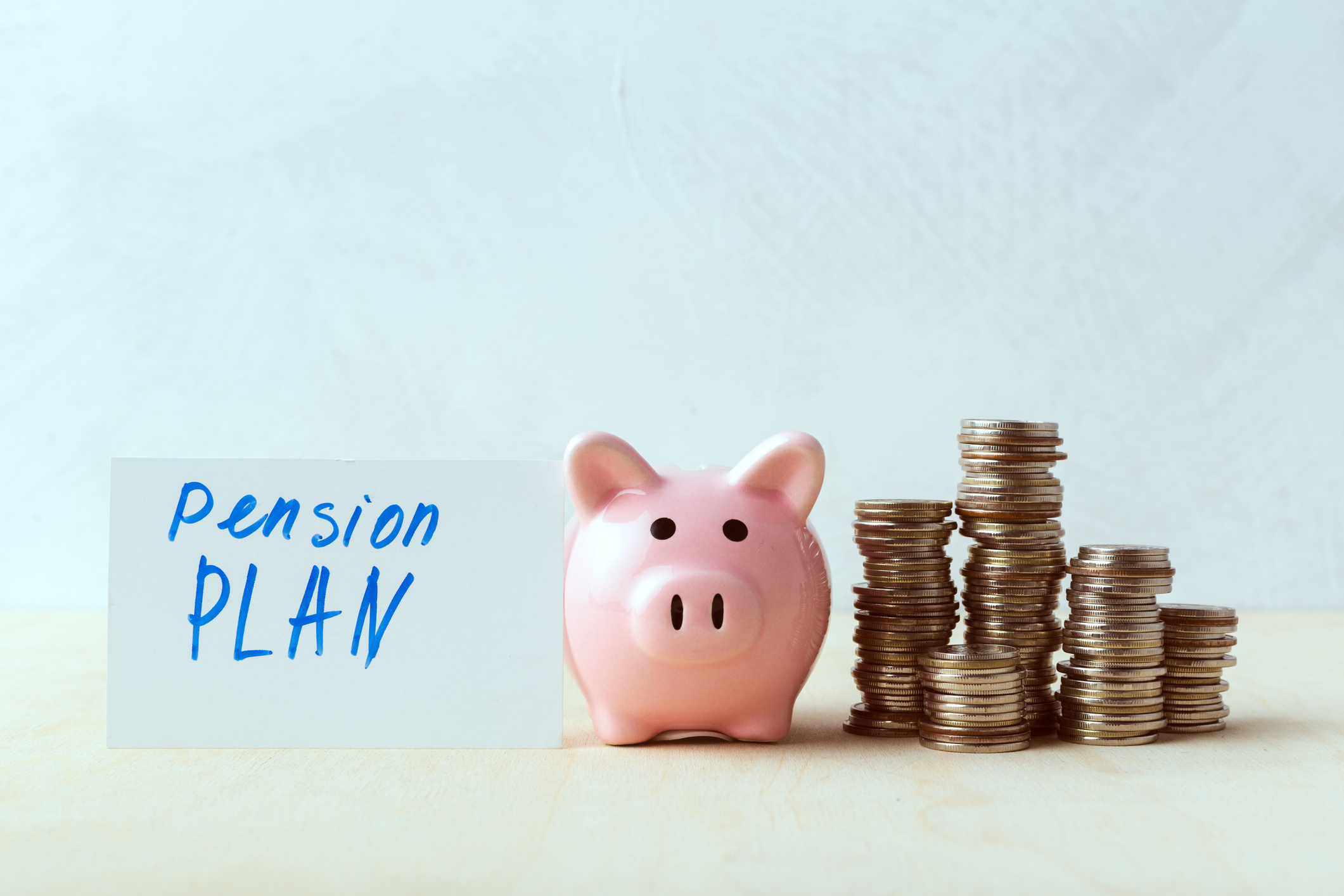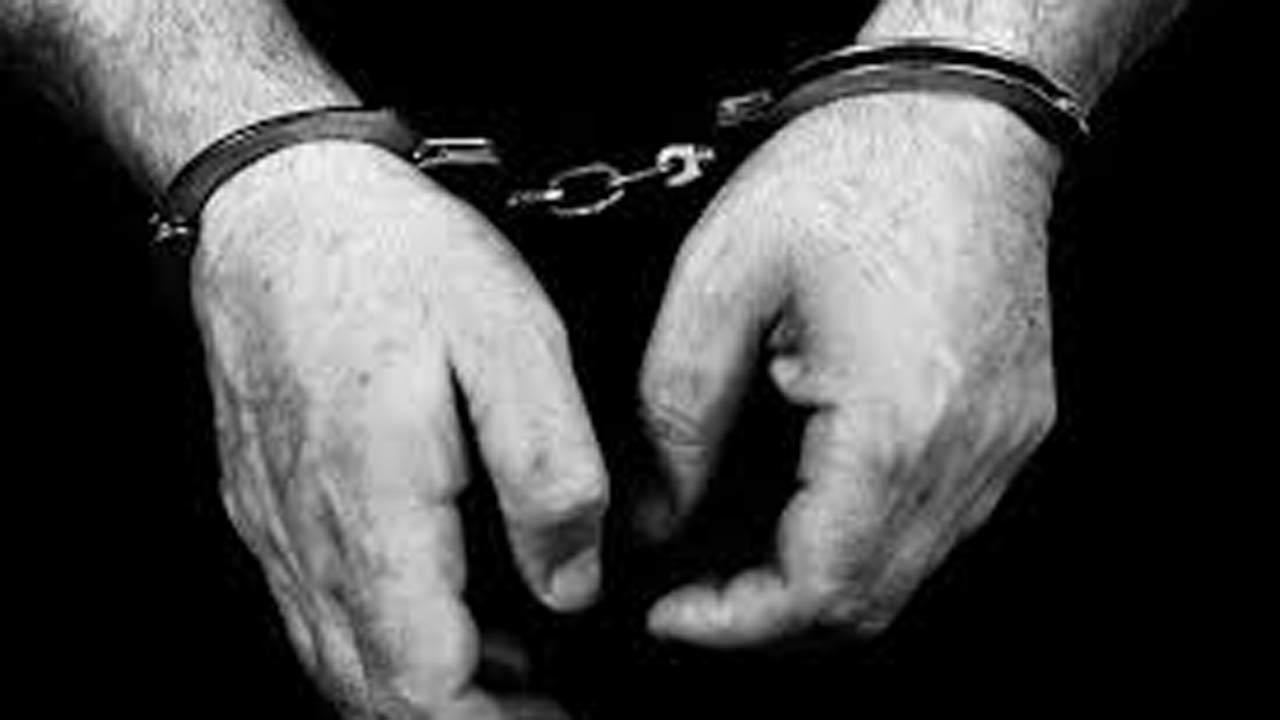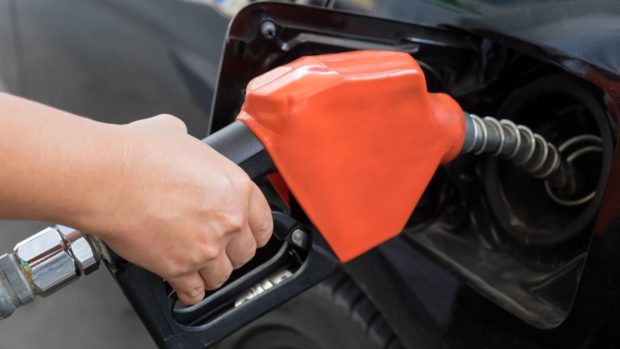
Pension savers breathed a sigh of relief last month when chancellor Rachel Reeves chose not to make any changes to the 25% tax-free cash in her Autumn Budget. There had been speculation that the maximum amount of tax-free cash that pension savers could take would be cut , or even axed altogether. Other rumours included tweaking pension tax relief .
In the end, though, Reeves didn’t make either change in her maiden Budget . The main announcement relating to pensions was making pension pots liable for inheritance tax . But, what does “25% tax-free cash” mean exactly? Does this relate to all pensions? When can you take it? And what happens to the other 75%? We explain everything you need to know about the 25% pension tax-free cash, including some pros and cons of when to take it.
Hint: the longer you leave it, the bigger the tax-free lump sum you could end up with. What is the 25% tax-free cash rule? As the name suggests, you can take a quarter of your pension pot tax-free. This means you don’t need to pay any tax on this portion of your pension.
Its full name, by the way, is “pension commencement lump sum”, or PCLS for short. For pension savers with nest eggs worth more than £1 million, note that there is a maximum amount that you can take tax-free . The limit is set at £268,275, which is a quarter of the previous £1,073,100 lifetime allowance (the lifetime allowance has now been abolished).
This limit applies across all your pensions. Pensions tax-free cash is a popular perk, which is why there was so much concern that the chancellor might lower the 25% level to say 20%, or worse still, scrap it. Investment platforms and pension providers reported a large increase in customers taking their tax-free cash in the run-up to the Budget, in case the rules were changed.
Does it apply to all pensions? You can take 25% tax-free cash from your personal pensions, including self-invested personal pensions (Sipps) , and also your workplace pensions . However, it does not apply to the state pension . All of the money you receive from your state pension is taxable.
What happens to the other 75% of my pension? The remaining 75% of your pension is subject to income tax when you start withdrawing it. This means the money you take out is added to any other sources of income in that tax year (such as state pension, part-time work or buy-to-let income ), and then your tax bill is worked out. You will pay 20%, 40% or 45% on your pension withdrawal , depending on what tax band you fall into.
If all your income for the tax year is below the £12,570 personal allowance, you don’t need to pay any tax. I’m planning to take an annuity. Can I still take 25% tax-free? Yes, you can take 25% of your pension as tax-free cash, and then use the rest to buy an annuity .
When can I take my tax-free cash? You can take money from your pension pot(s) whenever you want from the age of 55 - this is due to rise to 57 from April 2028. This includes your tax-free cash. So, currently, you can take the 25% tax-free cash at any time once you’ve reached your 55th birthday.
In some cases, you can access the money earlier - if you’re in ill health or in a particular scheme with a protected age, for example. Do I have to take all of the tax-free cash at once? No, you can usually take a smaller slice to begin with. Say you have a £100,000 pension pot.
You’re entitled to £25,000 tax-free, but you could take a lower amount like £10,000. In fact, taking your tax-free cash gradually over a number of years could be tax-efficient and help you reduce your tax bill. How do I withdraw the tax-free cash? Depending on your pension provider, you should be able to do this online, over the phone or by filling out a form.
Most people take their tax-free cash as a lump sum, or they withdraw it gradually as several lump sums. There is also the option to take slices out of your pension where 25% of the slice is tax-free and 75% is subject to tax. This is known as an uncrystallised funds pension lump sum (UFPLS).
Note that if you make an UFPLS withdrawal and take taxable benefits from your pension, you will reduce the amount you can pay into your pension going forward down to £10,000. There's more on this at the end of this article under “Can I still pay into a pension once I’ve taken my tax-free cash?” If I take tax-free cash out of my pension, can I pay it back in? Some pension savers that took their 25% tax-free cash in case Labour changed the rules in the Budget are now wondering what their options are. Can savers pay the money back into their pension pots? “Anyone who took their money from their Sipp ahead of the Budget may be thinking about putting at least some of it back.
However, this needs to be considered carefully,” comments Helen Morrissey, head of retirement analysis at Hargreaves Lansdown. “Those who have only recently opened a drawdown account could be able to reverse their decision, and the money can continue to grow tax-free within the pension, as they’d originally planned.” However, if this is not allowed, you need to beware of recycling rules that could land you with a 55% tax charge.
The rules are complicated, but can affect people who withdraw more than £7,500 tax-free cash and then increase the contributions into their pension pot. “There’s the potential to breach recycling rules aimed at preventing people exploiting the system for extra tax relief and be clobbered with a fine. If you’re not sure where you stand, this could be one of the times in life when financial advice can be most rewarding,” says Morrissey.
Does it make a difference when I take my pension tax-free cash? You could opt to take the money at age 55, perhaps to top up your income if you’re switching to part-time work or retiring, and/or to tide you over before you receive your state pension. It could also be a useful cash injection to buy a new car, pay for home improvements or even take a holiday. Carina Chambers, pensions technical expert at the digital wealth manager Moneyfarm, comments: “Taking the 25% tax-free allowance right away at 55 years old offers you immediate access to a significant amount of cash.
This can be particularly appealing before you enter retirement to help fund major expenses like home renovations, paying off debts, taking well-earned holidays or helping out your family. “Having this lump sum to hand can provide a level of security and peace of mind, acting as a financial safety net before the early years of retirement when you might be more active and eager to enjoy life.” However, it’s important to weigh up the fact that withdrawing the 25% reduces the size of your pension pot and therefore the benefits of potential growth meaning less income during the later years of retirement.
“Waiting a few years before accessing your 25% tax-free allowance could result in a larger amount to take tax-free in the future, plus a larger income in retirement, which may be needed for unforeseen costs or care in later life, or if you live longer than expected,” says Chambers. Say you have a £400,000 pension pot, and therefore a tax-free allowance of £100,000. Moneyfarm calculates that if you leave the entire £400,000 invested for another five years, and the markets perform well with an average return of 5% per year, your pension pot could grow to £510,512.
This means your tax-free allowance would increase to £127,628. Where should I put my tax-free cash once I’ve withdrawn it? If you’re not immediately spending the money, think carefully about the best place to put the tax-free cash. One of the biggest considerations is tax.
In a pension, your money is protected from capital gains tax , dividend tax and income tax. But if you put your tax-free cash in a savings account, it will be liable for income tax. If you put it in an investment account, any gains, profits and dividends will be liable for tax.
Morrissey notes: “If you put [your tax-free lump sum] in a cash account, it could lose value after inflation . If you move it out of a tax-efficient environment and into one where you’ll pay tax, it will generate an ongoing tax headache.” One of the best options is to utilise your ISA allowance.
Everyone has a £20,000 ISA allowance, which they can use to save across cash ISAs and stocks and shares ISAs as they please. Any savings interest or investment gains are tax-free. If you think you’ll need to access your money at short notice, check the withdrawal terms of the stocks and shares ISA.
Or you could opt for an easy-access cash ISA - but note that keeping the money in cash may underperform versus investing the money. Can I still pay into a pension once I’ve taken my tax-free cash? You can carry on paying into your pension once you have taken your tax-free cash. The annual allowance is set at £60,000, so you can contribute up to this level each tax year, or up to the value of your annual earnings, whichever is lower.
However, if you take taxable income out of your pension, you’ll lose the annual allowance and trigger the “money purchase annual allowance”. This will see the maximum amount you are able to contribute fall from £60,000 to just £10,000..












